Air, Land, & Water Pollution
1/17
There's no tags or description
Looks like no tags are added yet.
Name | Mastery | Learn | Test | Matching | Spaced |
|---|
No study sessions yet.
18 Terms
Ozone
Forms at ground level when other pollutants react chemically in sunlight. Major component of smog which can worsen respiratory problems.
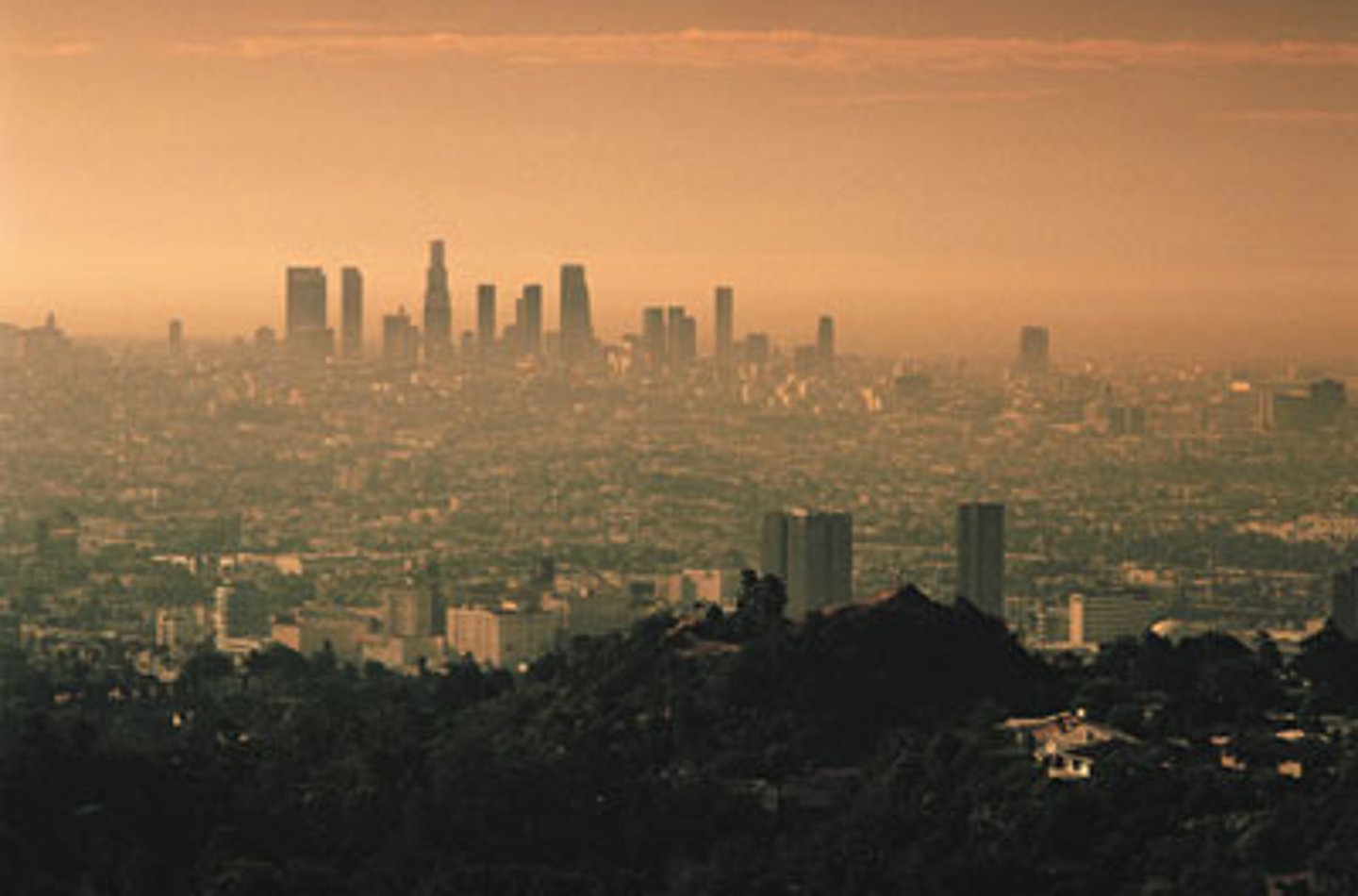
Particulate matter
Small particles found in the air, such as dust, soil, soot, smoke, mold, and droplets of liquid. Can cause lung disease and even heart attacks.
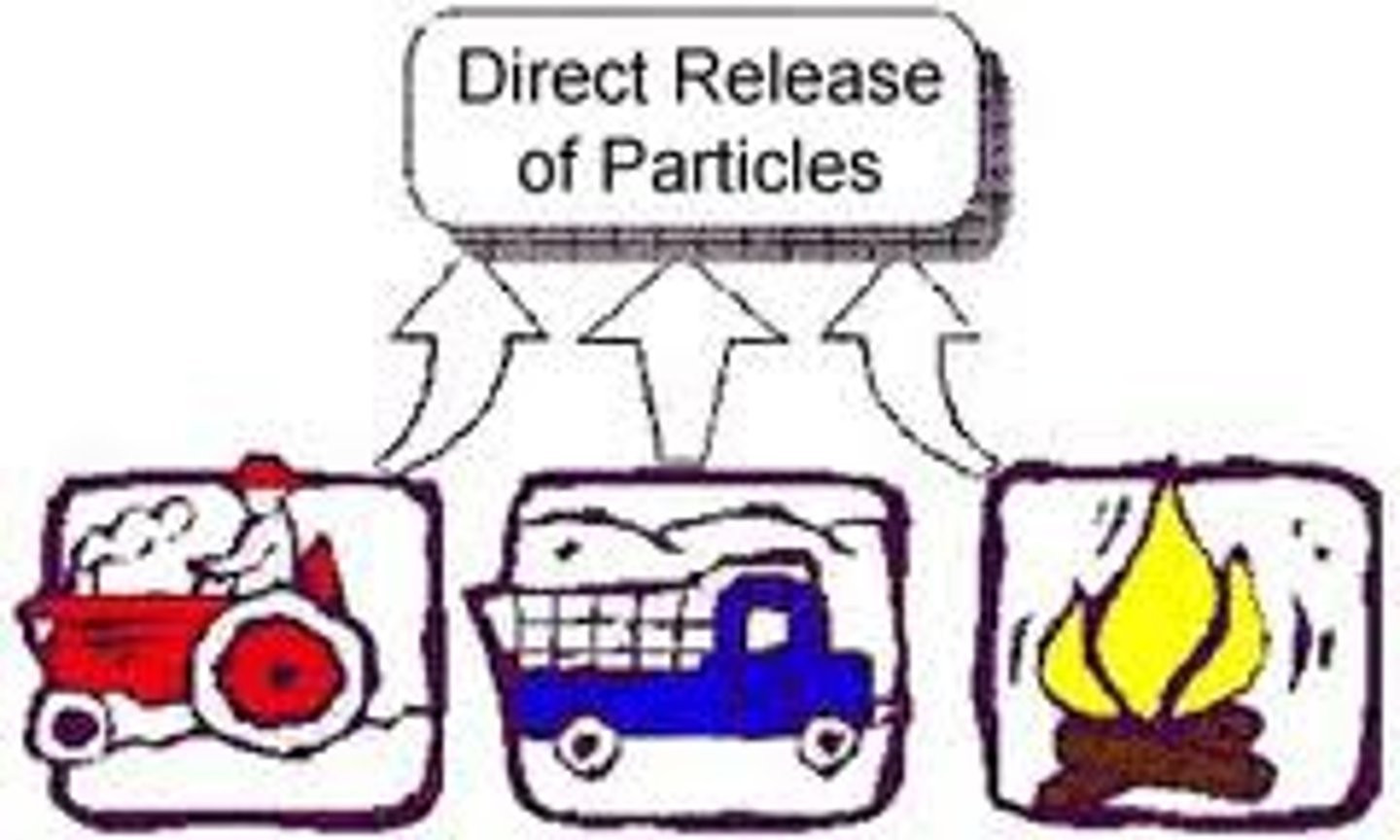
Carbon Monoxide
Colorless, odorless gas that takes the place of oxygen in the body and can be deadly.
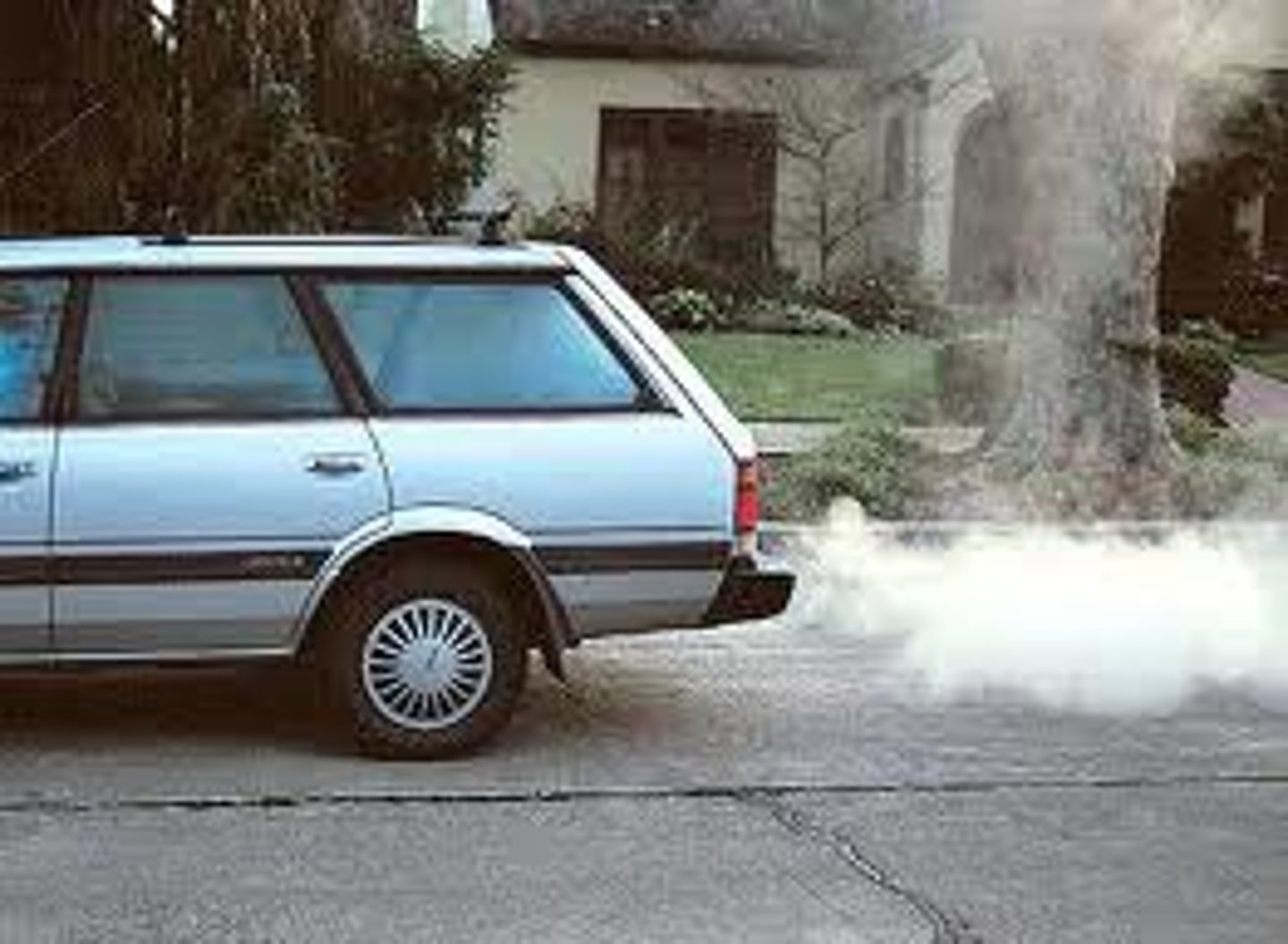
Sulfur Dioxide
Produced mainly by power plants especially that burn coal. Not only can they harm respiratory health but can create acid rain.
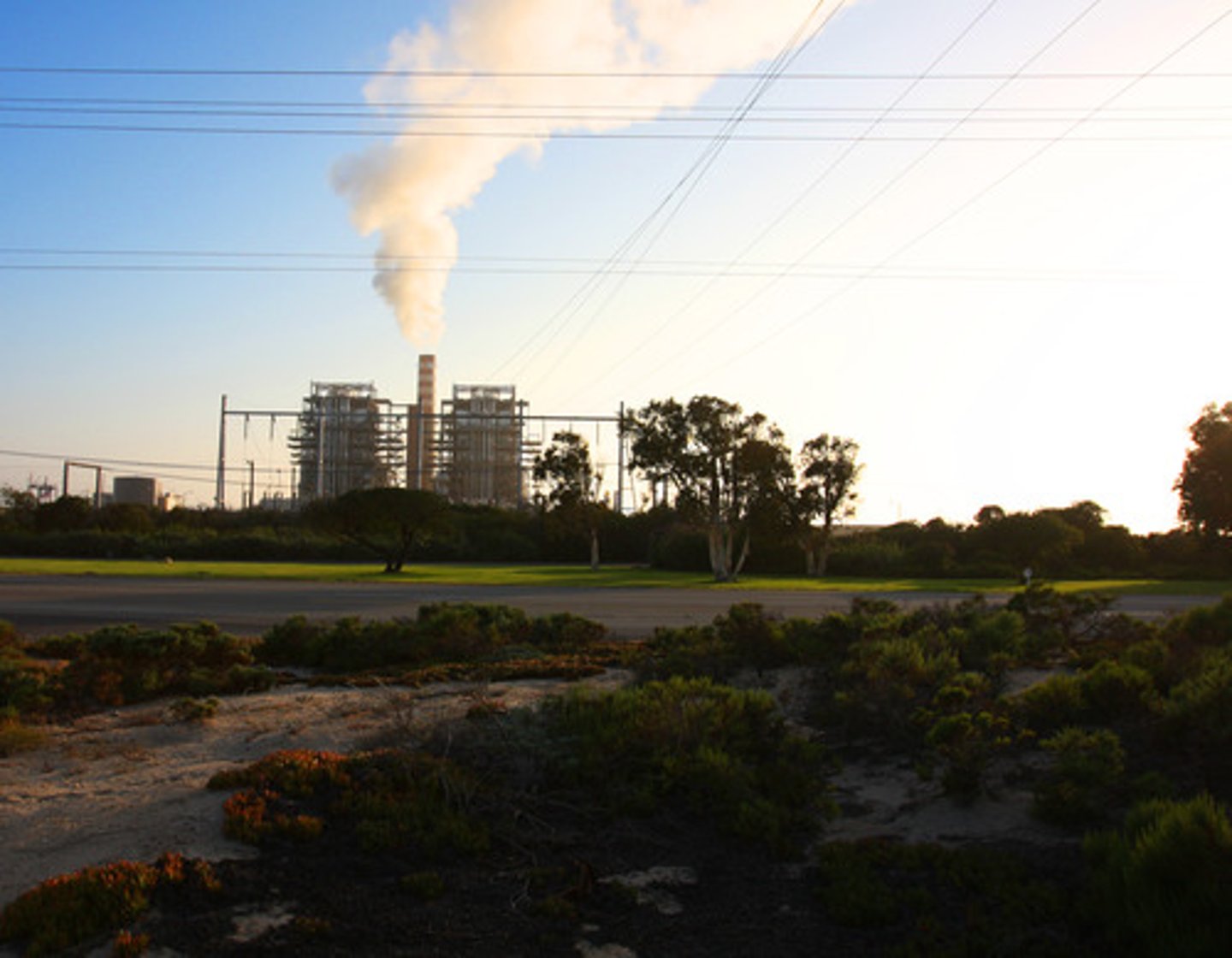
Nitrogen Oxides
Gases that form when fuel is burned at high temperatures as in vehicles and power plants. Contributes to formation of ground level ozone, acid rain, particulate matter, & toxic chemicals.
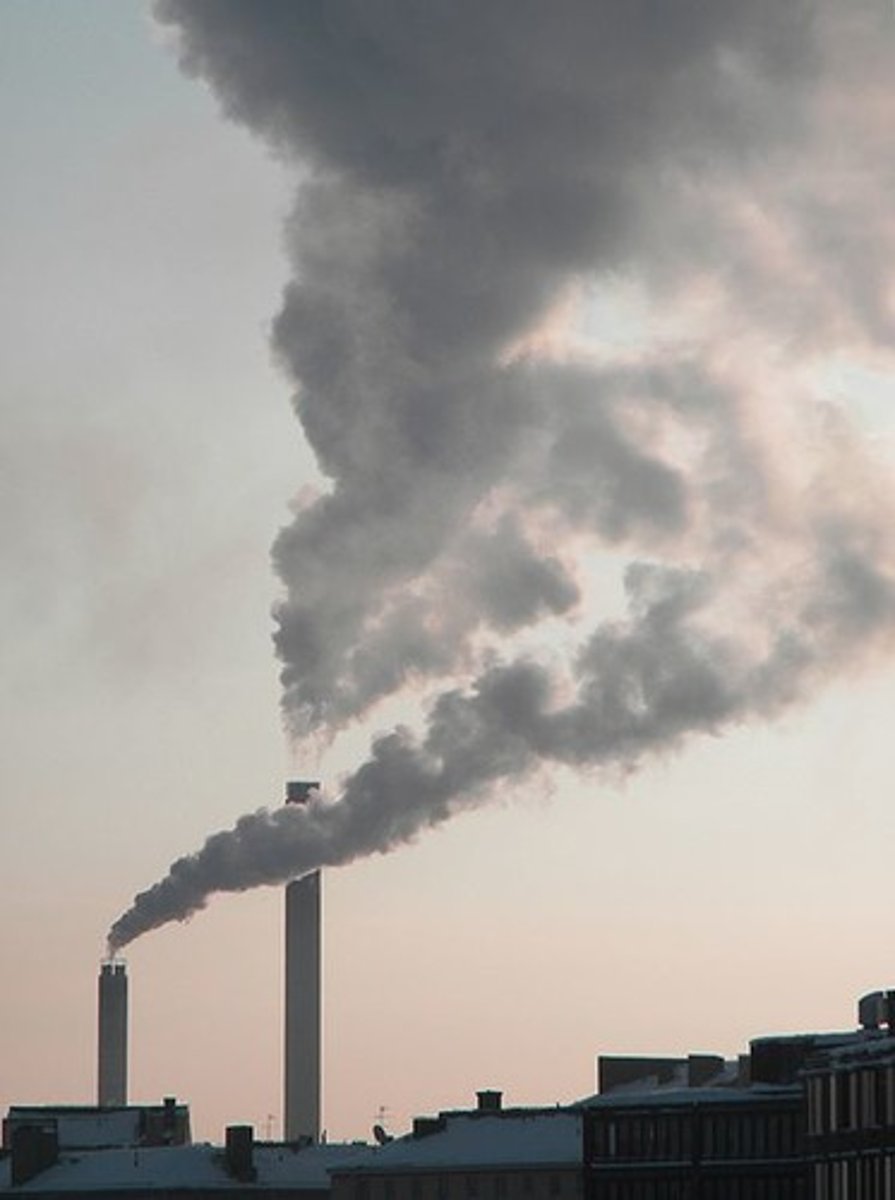
Lead
Found in the environment and exposure can cause damage to the kidneys, liver, brain, and nerves and can cause cardiovascular disease and anemia.
Greenhouse Gases
Gases which allow sunlight to enter but keep radiation in which is a large contributor to global warming. Chief gas is carbon dioxide from burning fossil fuels.
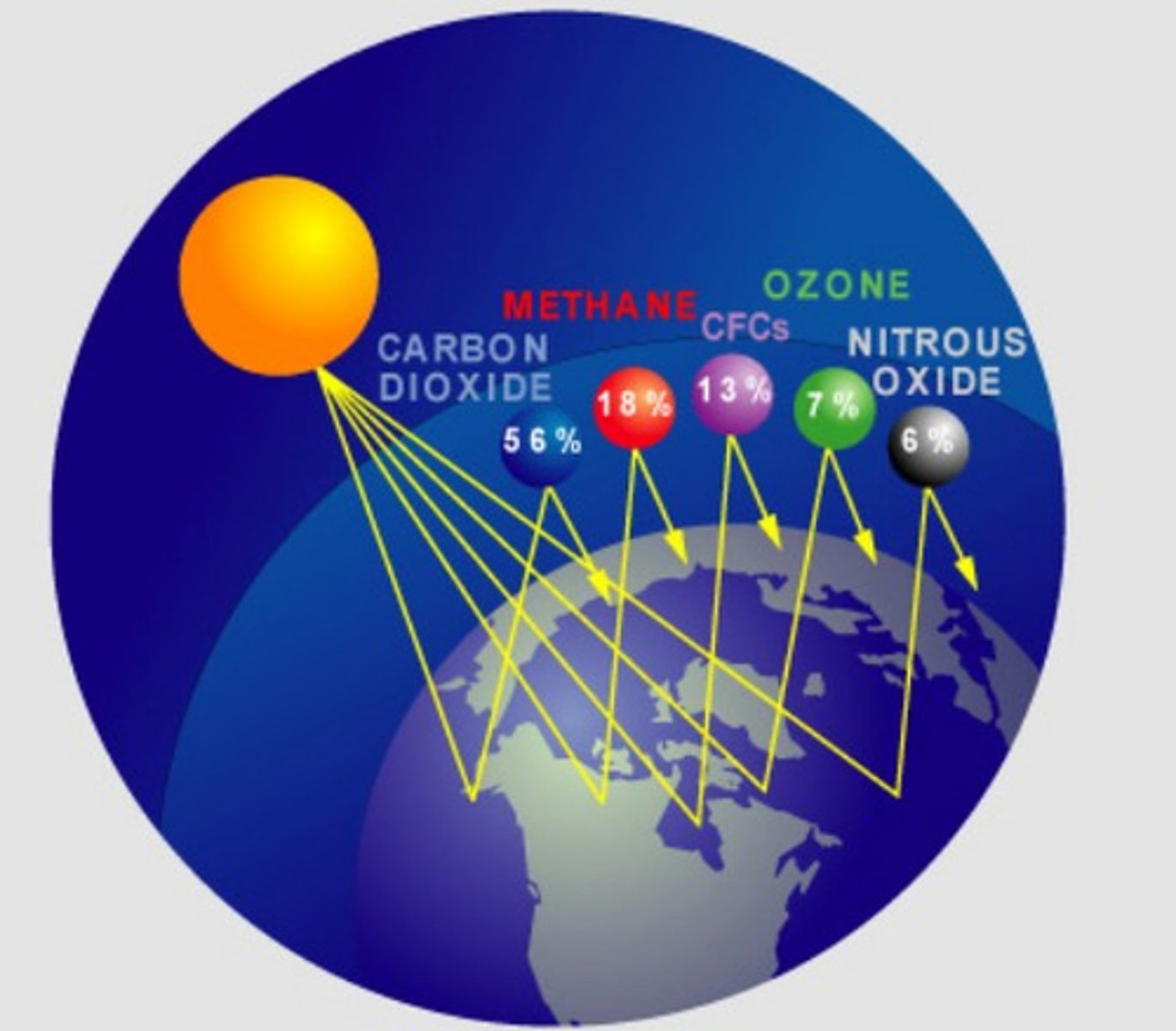
Biodegradable
Able to be broken down by microorganisms in the environment.
Industrial Waste
Solvents used for cleaning and degreasing, as well as wastewater from industries and oil refining
Household Waste
Pesticides, paints, cleaning fluids and batteries which can be hazardous when discarded.
Radioactive Waste
Sources like nuclear power plants produce wastes that give off radiation which can increase the risk of cancer and harmful changes to the body's DNA.
Runoff
When rain or melting snow picks up pollutants such as pesticides, fertilizers, and animal wastes into the water supply.
Wastewater
Can contain pollutants such as human and animal wastes, metals, and pathogens. This water needs to be treated to remove pollutants before being put back in the environment.
Sediment
When runoff carries soil and other rocks and minerals into the water supply which can clog lakes and rivers.
Oil Spills
Spills from tankers and offshore drilling rigs can pollute the water and harm ocean life.
Reduce
"Precycling" using less wasteful items such as cloth napkins instead of disposable ones.
Reuse
Selling or giving away an item that is no longer needed rather than throwing it away.
Recycle
Conserving materials and energy by breaking down products to make new ones.